Sep 2nd 2022 - Monica Cunanan
The Types of Cabbages You Need to Try
Ranging from red to green, here you'll find different types of cabbages and recipes for how to use them. They're one of the most versatile vegetables we know!
Common Types of Cabbage
Cabbage is one of the most commonly grown vegetables in the world. Let's look in more detail at the many varieties of cabbage that you can find in your local store or farmer's market.
- Green Cabbage
- Danish Ballhead Cabbage
- Cannonball Cabbage
- Gonzales Cabbage
- Savoy Cabbage
- Brussel Sprouts
- Red Cabbage
- WhiteCabbage
- Parel Cabbage
- Napa Cabbage (Chinese Cabbage)
- Bok Choy
- Kale (Leaf Cabbage)
- Tuscan Cabbage
- January King Cabbage
- Portuguese Cabbage
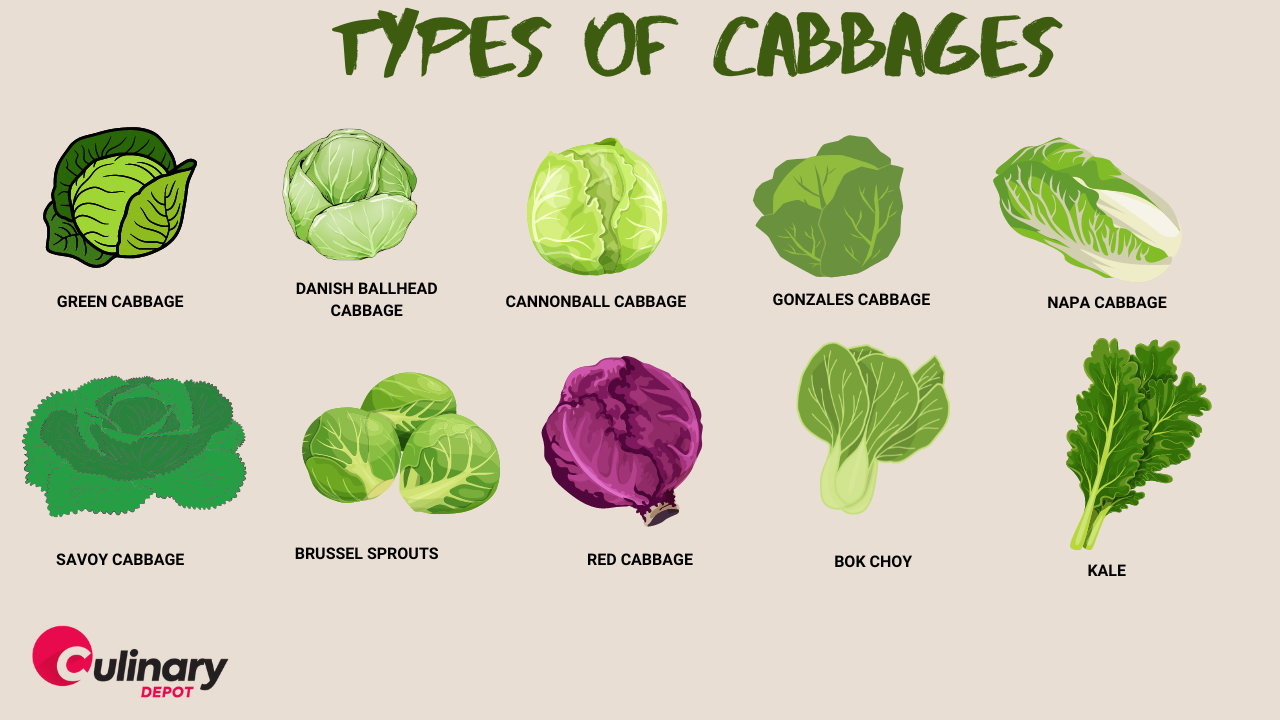
The large round cabbage heads have tightly compacted thick leaves. The outermost layers of the cabbage are usually medium to light colored and they turn paler toward the core.
The Different Cabbage Varieties You Should Try
Green Cabbage
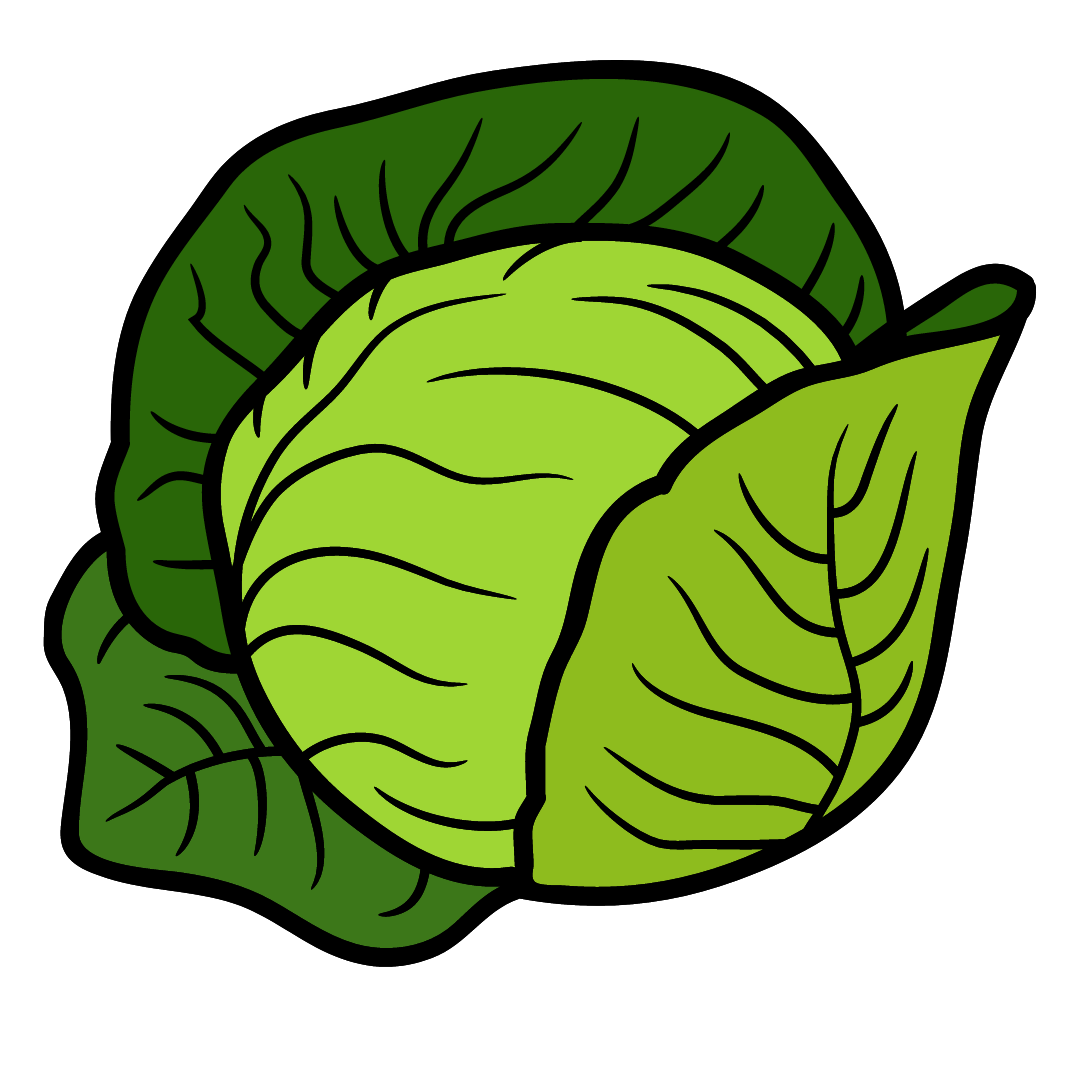
Green cabbage (Brassica oleracea), is the most popular variety of cabbage and is usually used in salads and slaws, and stir-fry. Raw green cabbage can have a slight peppery taste and it gives a sweeter taste with less spiciness when cooked. Some also choose to ferment this cabbage to create sauerkraut.
Look for heads that are heavy for their size, which can range from softballs to almost basketballs. The packed leaves should have a sheen look to them. Green cabbage is one of the best coleslaw ingredients because it stands up well to even the heaviest, creamy, or spicy of dressings.
(See More: Cabbage Dishes You Need To Try)
Danish Ballhead Cabbage
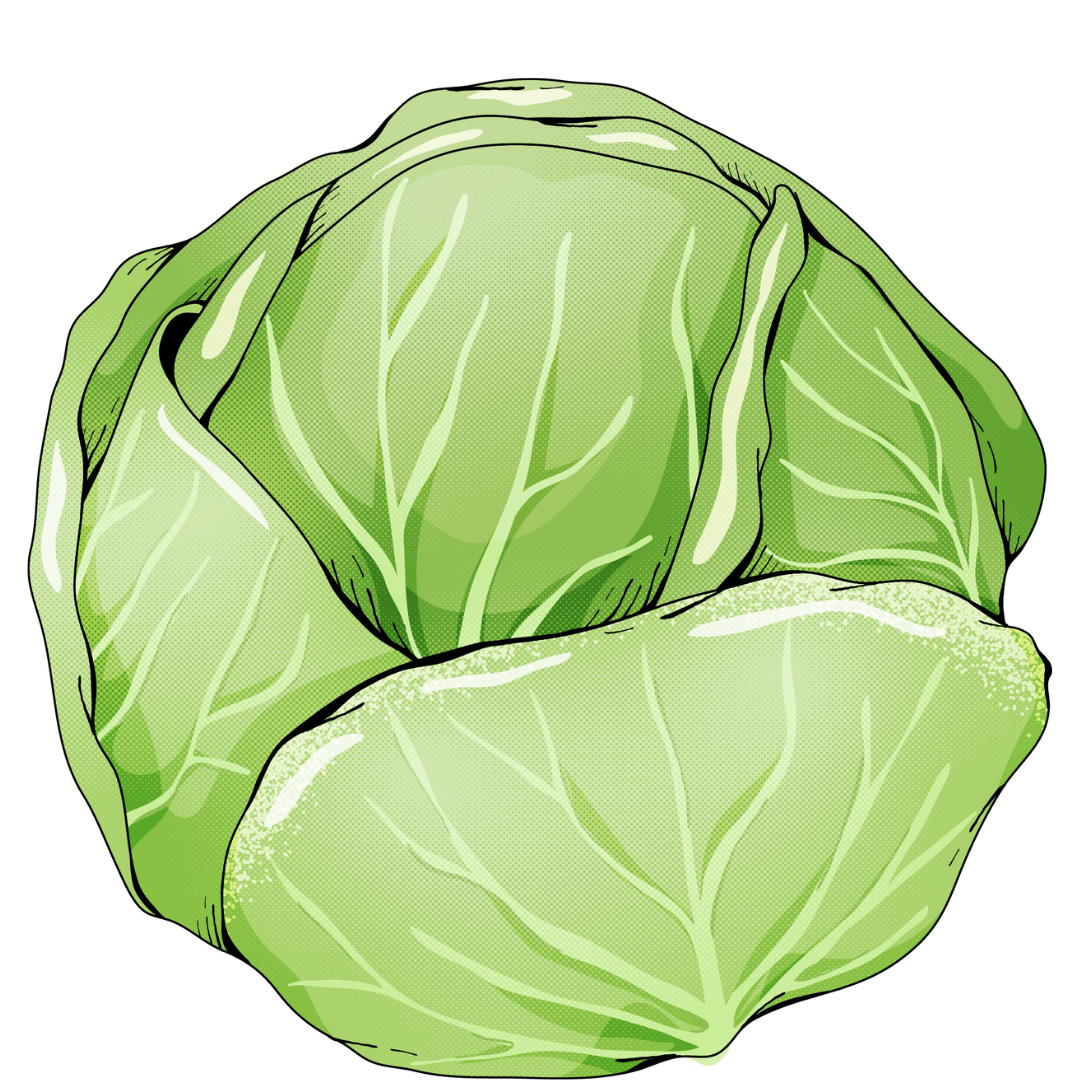
These Danish cabbages are some of the most common green cabbage plants.
The Danish Ballhead cabbage is a large green leafy variety of cabbage. The leaves are tight and compact, and they're a bluish-green color. Cabbage heads grow into large, heavy cabbages weighing anywhere from 7 and 10 lbs (3 – 4.5 kg).
Savoy Cabbage
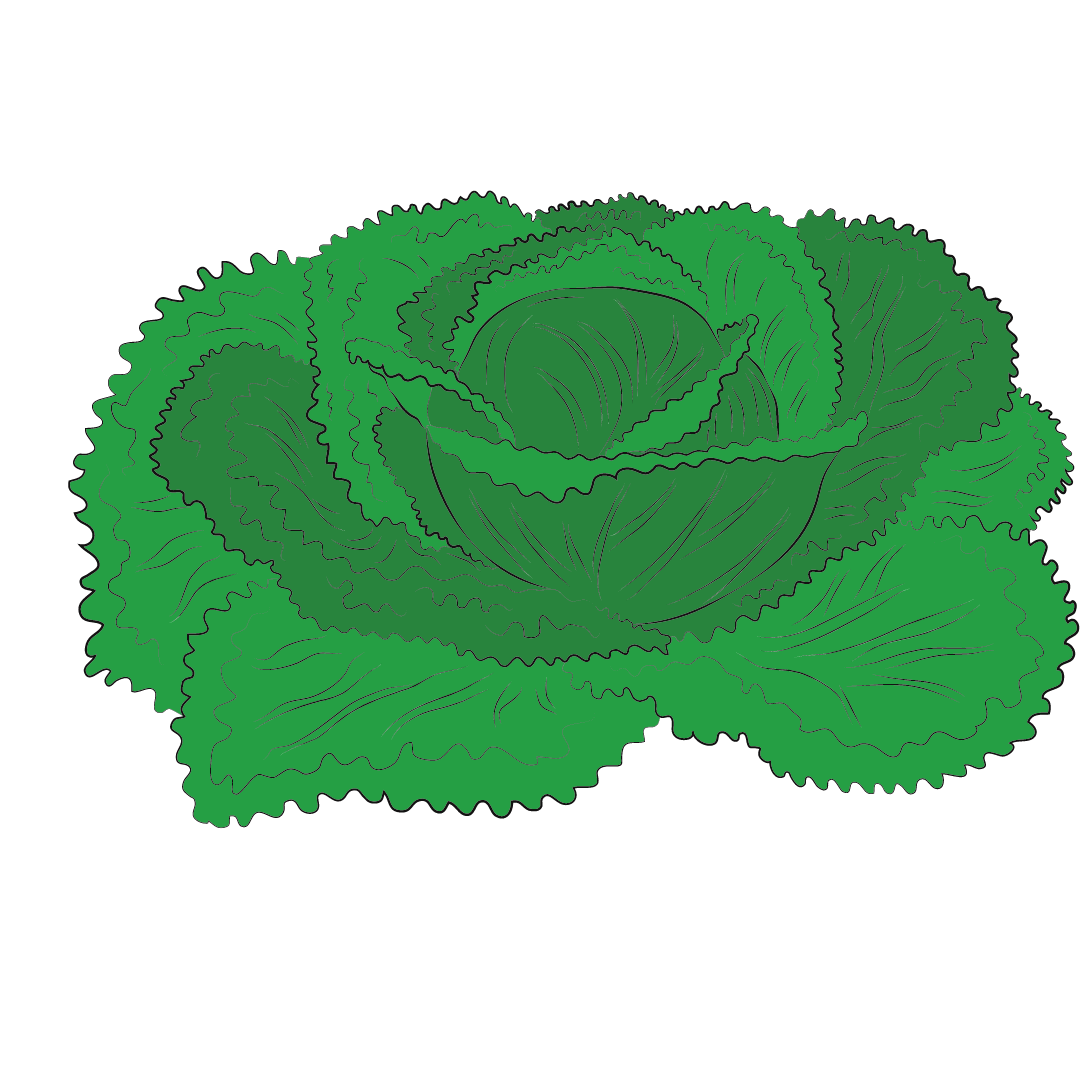
Also known as curly cabbage, it has ruffled, lacy, and deeply ridged leaves.
Savoy cabbages are probably the most beautiful cabbage variety out there. Cabbage has a looser leaf structure than either green or red cabbage, but its uses are similar. Savoy Cabbage is delicious when thinly sliced, quickly stir-fried, or braised in butter. Use it instead of tortilla wraps for your favorite fillings.
The savoy cabbage is a winter cabbage and it is also round like the white cabbage, but it has a very different texture.
Cannonball Cabbage

The Cannonball cabbage is a popular variety with green leaves and small, firm heads. They tend to be sweeter and because they look like cannonballs with a compact head, people tend to confuse them with Brussel sprouts.
Because the green leafy material that makes up the heads is so densely packed together, this is an excellent choice for shredding. You can then use shredded cabbage to prepare coleslaw and sauerkraut, cabbage rolls, or add it to soupy dishes.
Gonzales Cabbage
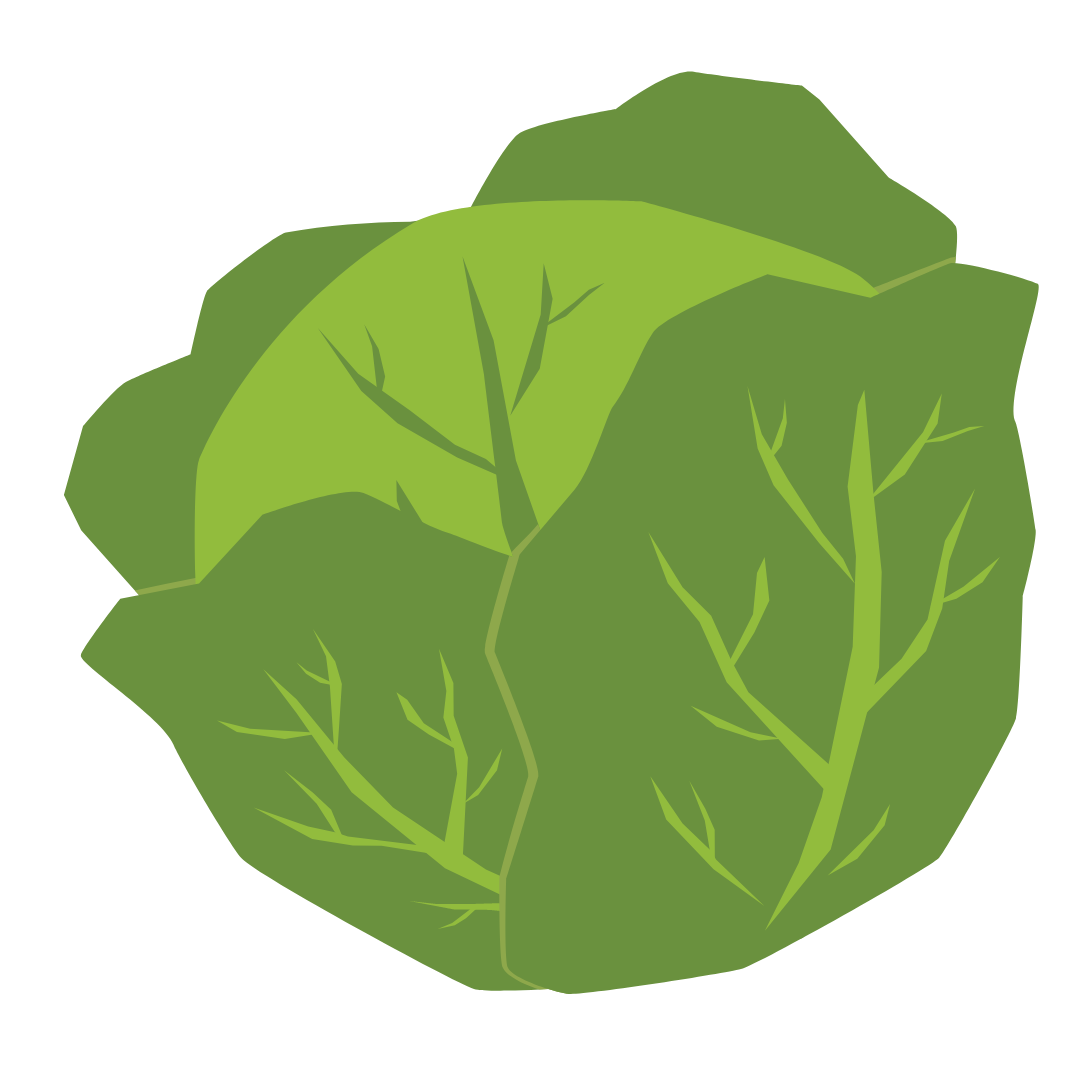
Another type of small, compact, green cabbage called "Gonzales Cabbage" has a spicy flavor and a firm texture.
Like other types of green cabbage, the green outermost layer covers densely packed pale green and whitish inner layers. This cabbage has a strong, robust flavor and will add some texture and a peppery taste when added to slaws or salad.
To grow this kind of cabbage in your backyard, you'll want to plant it in an area that receives lots of sunlight. It's also a cold hardy variety of cabbage and grows well under many different circumstances.
Red Cabbage
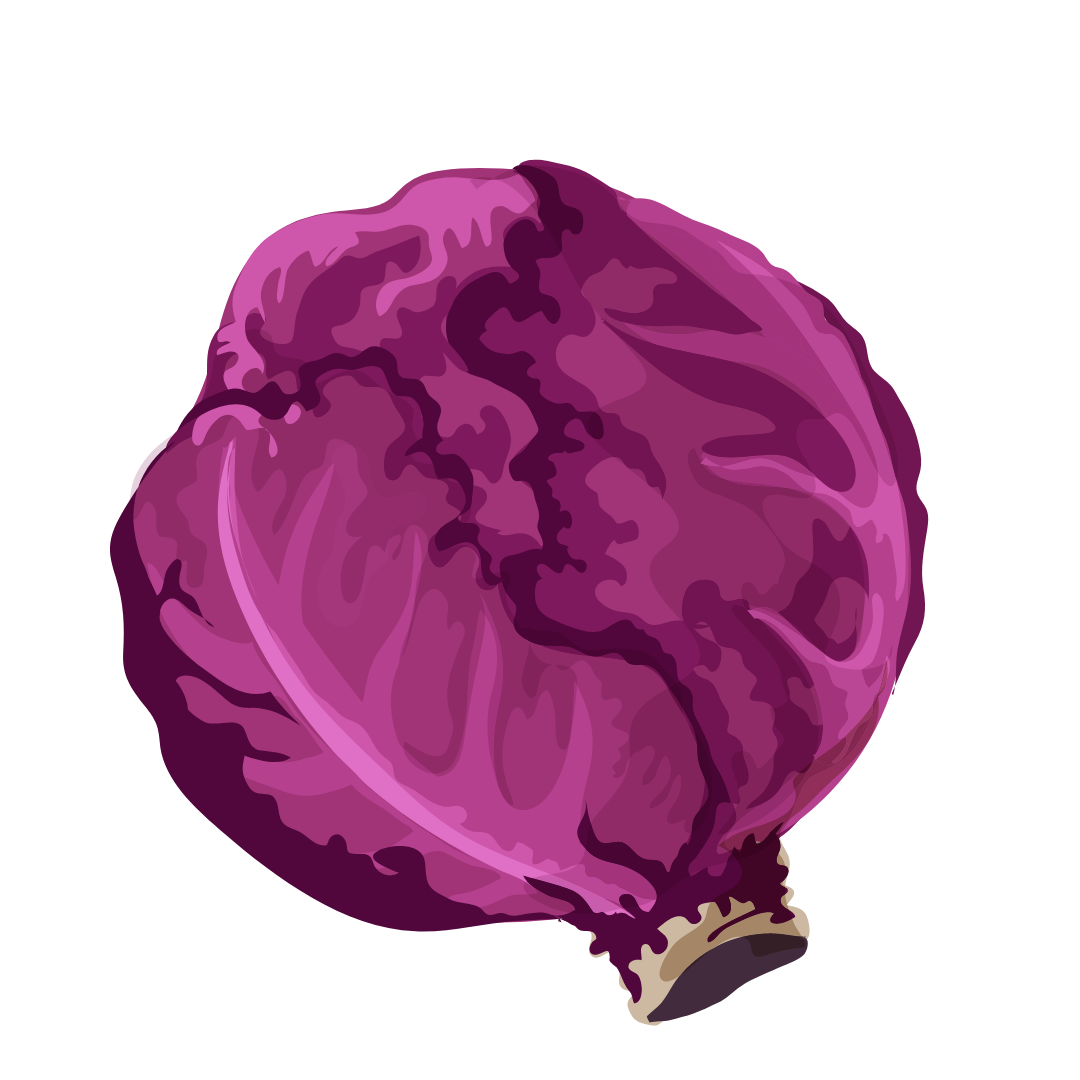 Red cabbages look like green cabbages except they're red. It's a lovely shade of magenta that turns an odd blue color when cooked. If you want to keep its magenta shade, add some sort of acid (such as vinegar or lemon juice) when preparing it. Red cabbages usually grow to be slightly smaller than green cabbage, but they're often found in similar conditions and have similarly tight, moist-looking leaves. Red cabbage is delicious when thinly sliced and used in salad dishes like Red Cabbage Slaws or cooked. It's also delicious when served with fish tacos. Just replace the regular coleslaw with it.
Red cabbages look like green cabbages except they're red. It's a lovely shade of magenta that turns an odd blue color when cooked. If you want to keep its magenta shade, add some sort of acid (such as vinegar or lemon juice) when preparing it. Red cabbages usually grow to be slightly smaller than green cabbage, but they're often found in similar conditions and have similarly tight, moist-looking leaves. Red cabbage is delicious when thinly sliced and used in salad dishes like Red Cabbage Slaws or cooked. It's also delicious when served with fish tacos. Just replace the regular coleslaw with it.
Bok Choy

Bok choy has distinctive leaves growing from a central stem. It resembles Swiss chard but has pale green stalks and dark green leaves. It has a mild yet bright cabbage-like flavor. Bok choy is usually used in stir-fries, but braising also makes it taste sweeter. This depends on your cooking method but Bok Choy can be prepared whole if you prefer, but all bok choi is perhaps at its best after the leaves are separated and then cooked loose.
Napa Cabbage (Chinese Cabbage)
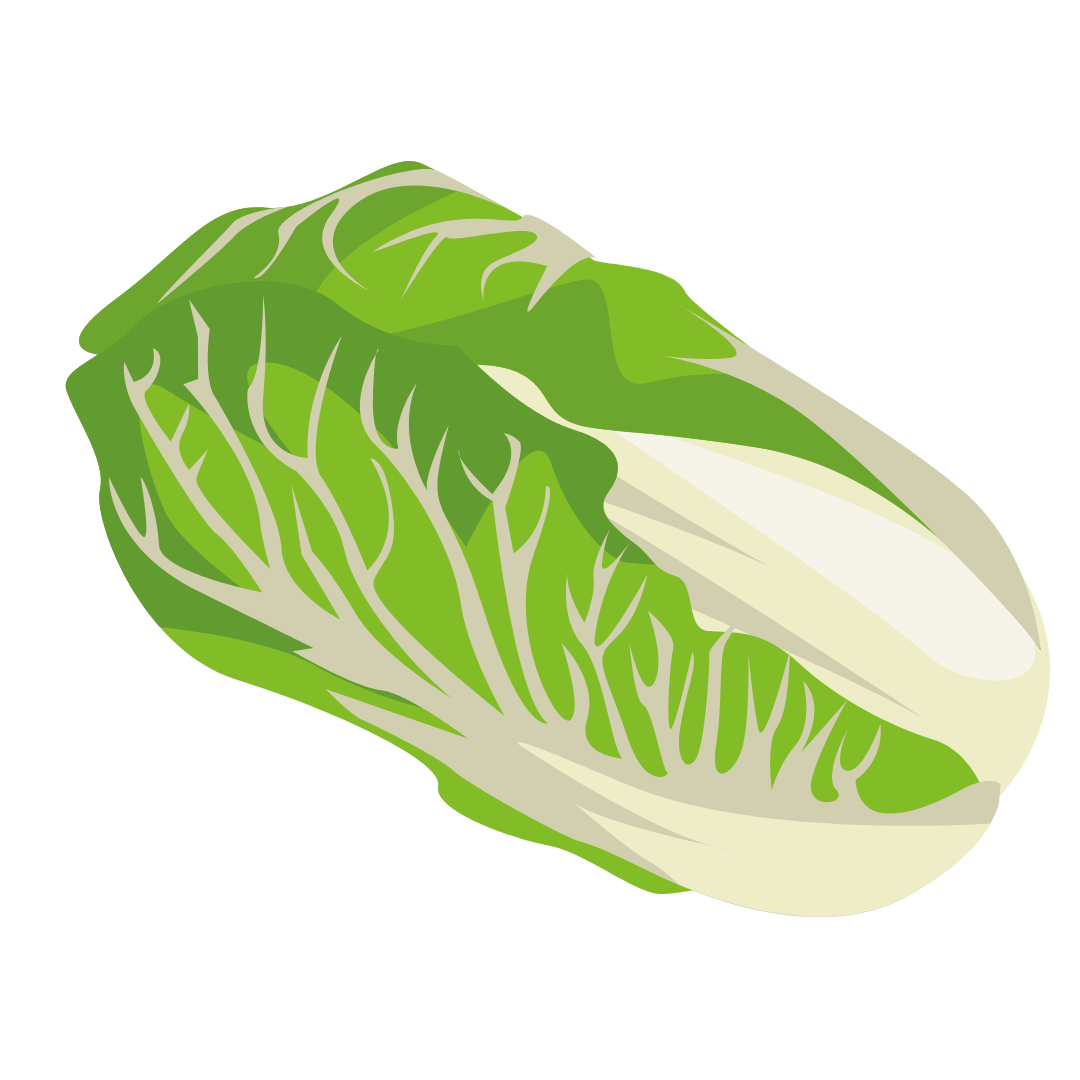
Napa cabbages are types of Chinese cabbages with an oblong shape These Chinese cabbage varieties have pale green and yellow colored stems and thick white crunchy leaves.
'Napa' means vegetable leaves in Japanese. It’s called Chinese cabbage in most other countries, or they can be called ‘Chinese leaf,' ‘wombok,' or ‘petsai. It weighs anywhere from 1 to 6 pounds (0.45 – 2.7 kilograms) and comes in long, round, or oblong shapes.
This is one of the most common varieties used in salads because its mild flavor goes well with most foods. Even though the white part of the stems does not have a bitter taste or tough, they're still good for eating cabbage raw in salads.
Unlike regular cabbage, Napa cabbage won't form a round oval shape. Instead, the head consists of a tightly packed mass of leaves that can grow to be up to 18 inches (45 centimeters).
Napa Cabbage is often prepared and used in Asian cuisines and they are also good wrappers for meat or seafood dishes. You can also ferment napa cabbage to create kimchi - a popular Korean dish.
Brussel Sprouts

These tinier versions are usually sold loose. If you purchased them sold on the stalk, note that they will keep their freshness for several weeks if chilled.
White (Dutch) Cabbage
White cabbages are actually a kind of green cabbage that has very pale-colored leaves but they're not white at all. The sun usually makes the outer leaves turn pale green, leaving white, tightly packed inner leaves.
One reason why some cabbage looks white is that they were stored during the cold months. Cabbage stored in dark cool places loses its bright green color because of the breakdown of chlorophyll.
A red variation of this dutch cabbage is also available.
Parel Cabbage
Parel is another Dutch hybrid which is a small type of green cabbage. It has green outer leaves and a white inner part.
These leaves form the small dense heads of the white/green type of cabbages. It has juicy and tender leaves and its head usually weighs between 0.8 and 1.5 kilograms. It has a firm texture which makes it slice and shred easily and it is a good option for pickles or salad.
One reason this Dutch hybrid is so popular for growing in the garden is because it is a hardy plant. Cabbage is hardy and pest-resistant. It can stand up to cold weather and diseases.
Kale (Leaf Cabbage)
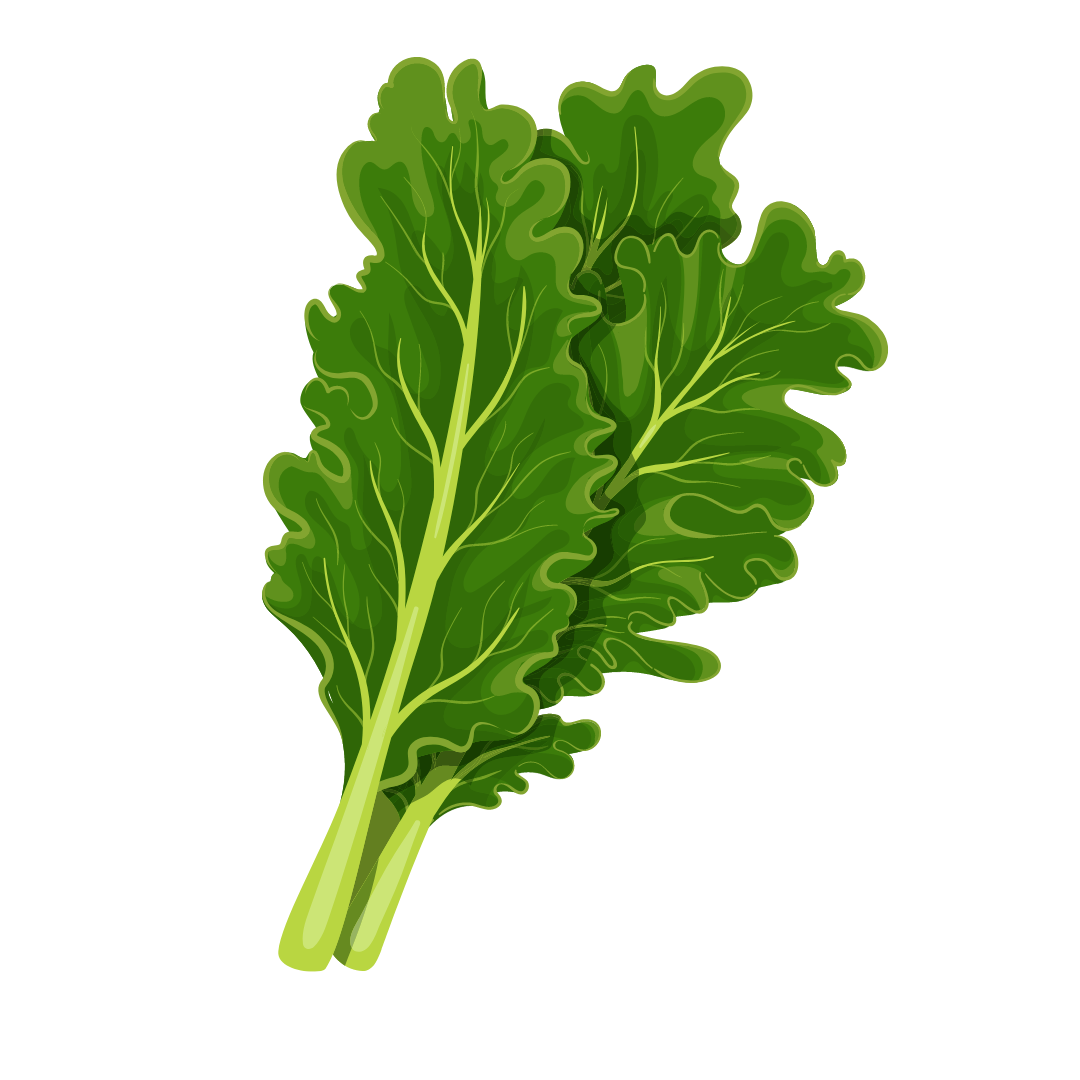
Kale is one type of cabbages, which is why it’s also known as leaf cabbages. Kale belongs to the brassica family and is one of the most nutritious types of cabbages you can eat. Kale doesn't develop a cabbage head. The dark green crinkled leaves spread out from a central stem, forming a clump. Some varieties of kale are also known as curly kale because of their curled leaves.
Raw kale leaves can be quite tough to chew. To prepare kale, you should quickly boil the stems and then let them cool down before eating them. Kale is one of the healthiest foods out there, so it's classified among the healthy type of superfoods. For example, one cup of chopped green leafy vegetables provides your daily amounts of vitamins such as vitamin A, vitamin C, K, and vitamin B6
There are many types of kale, just as there are many kinds of cabbage. There are curly kale, bumpy-leaved kale, plain-leaved kale, and spiky kale. Kale comes in varieties such as dark green, purplish, and bluish-green.
Kale comes in different colors besides green. It includes ornamental varieties that produce colorful leaves. These kale varieties are also edible but people don't usually eat them because they aren't very tasty.
(See More: Health Benefits of Cabbage)
Tuscan Cabbage
Lacinato kale is a type of dark leafy green kale that is more commonly referred to as cavolo nero or black cabbage.
This black kale is a large variety of cabbage. The leaves can grow up to 2 feet (60 cm) tall. Some people say that the shape of the Tusan cabbage resembles the leaves on a coconut tree.
This black cabbage has long thin crinkly leaves but they're actually a dark bluish-green color. When it is cooked in the Tuscan style, it turns almost black. The cooked cabbage in olive oil becomes soft and shiny but may have a slightly bitter taste which complements certain foods.
January King Cabbage
The January King cabbage features an unusual head cabbage variety because of its unique green and purple coloring. The leaves of the winter king cabbage have the texture of an ordinary Savoy cabbage but they're shaped like a white cabbage.
This cabbage has green leaves at the base that have dark purple leaves (or red) at the top. These types of cabbages are usually small to medium in weight and range from 3 to 5 pounds (1.4 –2.3 kg) in weight.
For this delicious kind of purple cabbage, prepare it similarly to a Savoy cabbage. You can also use this to substitute Savoy cabbage to add some color to a dish. Roasting cabbage leaves with some butter is another way to enjoy cabbage.
Portuguese Cabbage
Cabbages grown in Portugal are green cabbages with large oval-shaped leaves and distinctive white veins. They have a thick stalk.
It looks more like kale because it doesn't form a head. Usually, the bottom part of the thick white stem isn't eaten. Compared to kale, the Portuguese variety of cabbage has more succulently sweet flavor.
The thick, hardy, green foliage of Portuguese cabbages makes them an excellent addition to soups and broths. Like other varieties of brassicas, this one is a good source of vitamins such as vitamin C, potassium, calcium, iron, fiber, and antioxidants.
Portugal cabbages are among the few types of cabbage that can thrive in both warm and cool climates.
Ready to Explore more Dishes?
Get ready to impress your family and friends with your newfound talent for making good food. Here at Culinary Depot, we provide the tools of the culinary trade for professionals and home cooks. If you'd like to learn more about our cutting and storing ware, contact us today.

